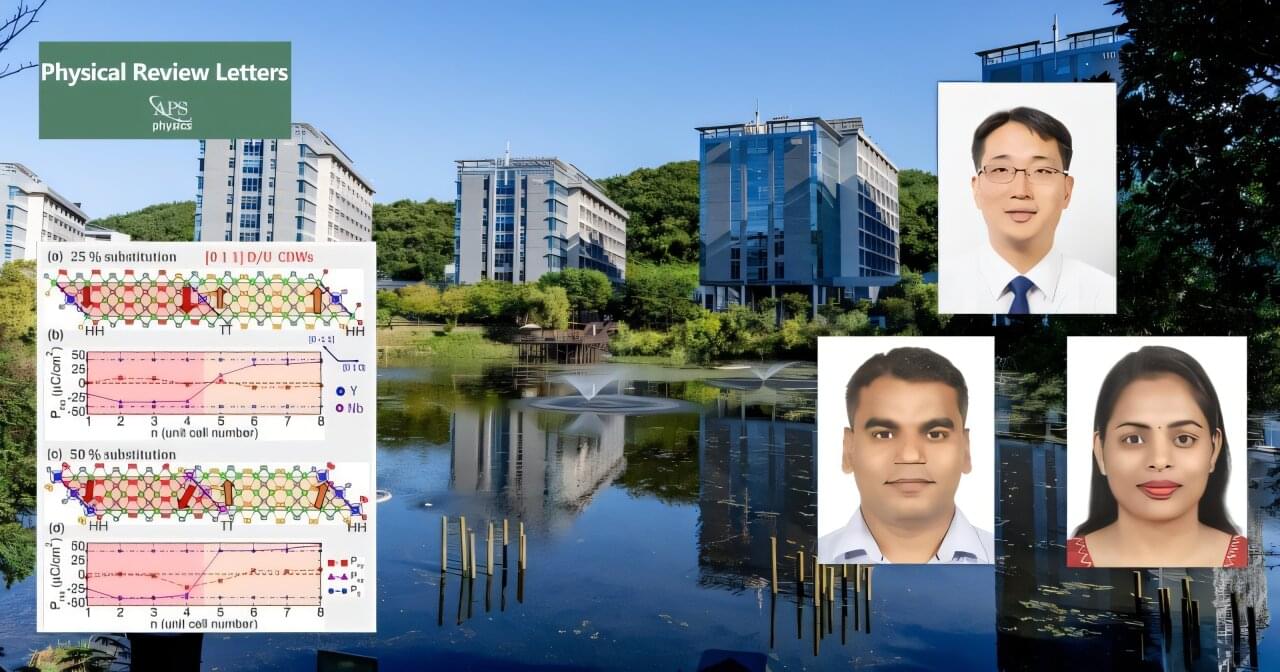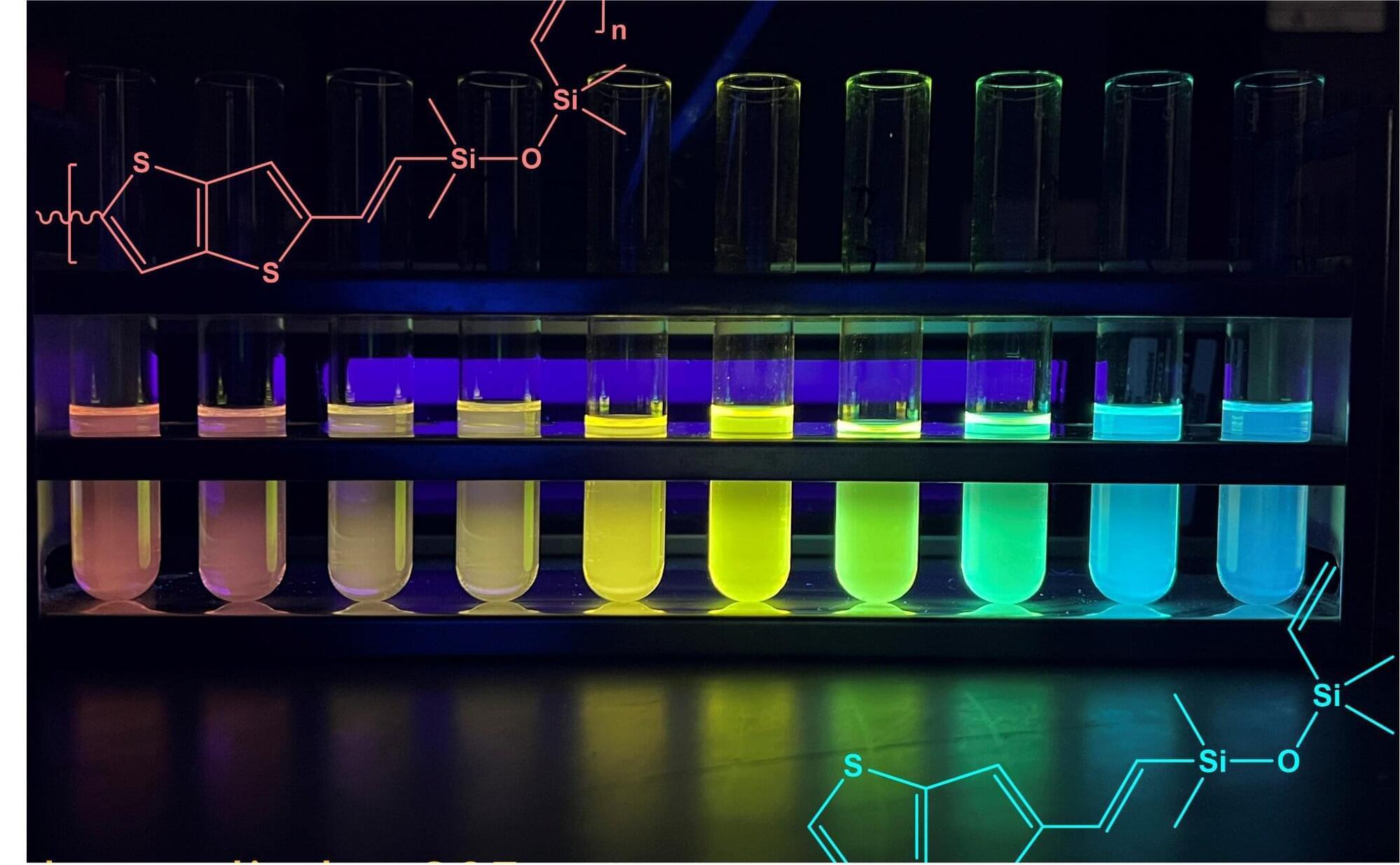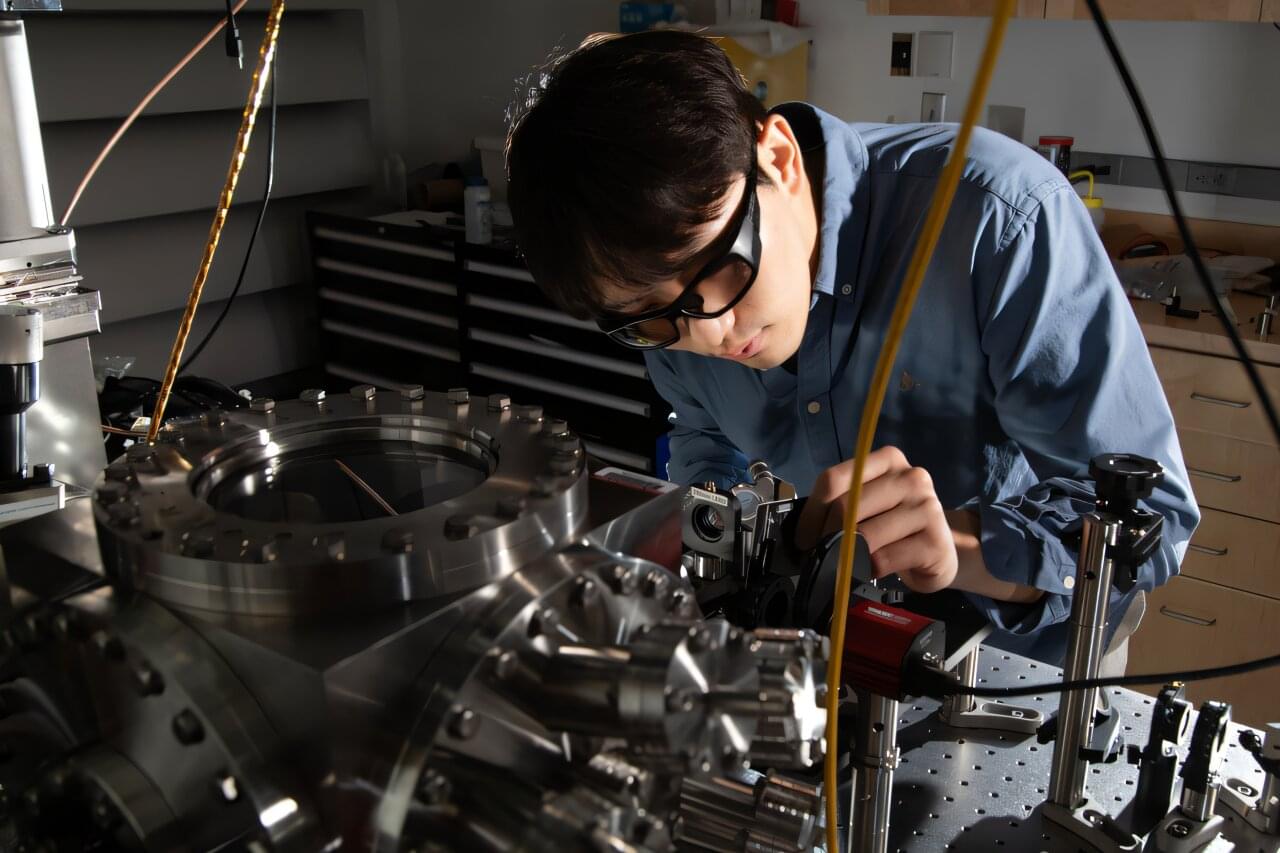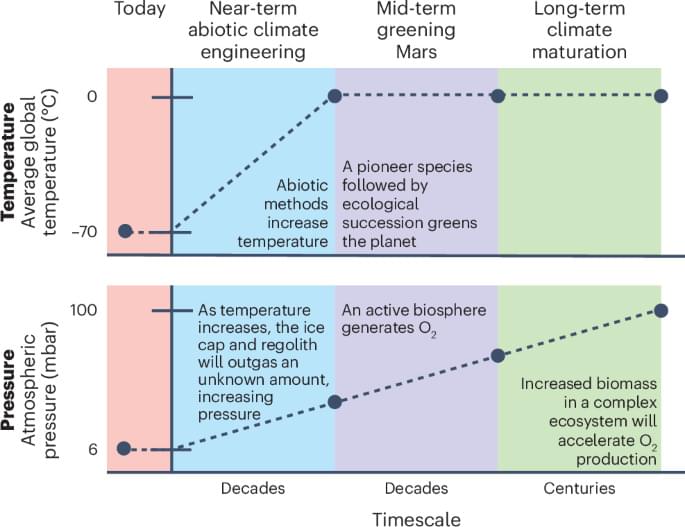A research team, led by Professor Junhee Lee from the Graduate School of Semiconductor Materials and Devices Engineering at UNIST, has demonstrated through quantum mechanical calculations that charged domain walls in ferroelectrics—once thought to be unstable—can, in fact, be more stable than the bulk regions.
This discovery opens new avenues for developing high-density semiconductor memory devices capable of storing information as binary states (0s and 1s) based on the presence or absence of domain walls.
This research was conducted in collaboration with researchers Pawan Kumar and Dipti Gupta, who served as the first author and co-author, respectively. The research is published in the journal Physical Review Letters.








